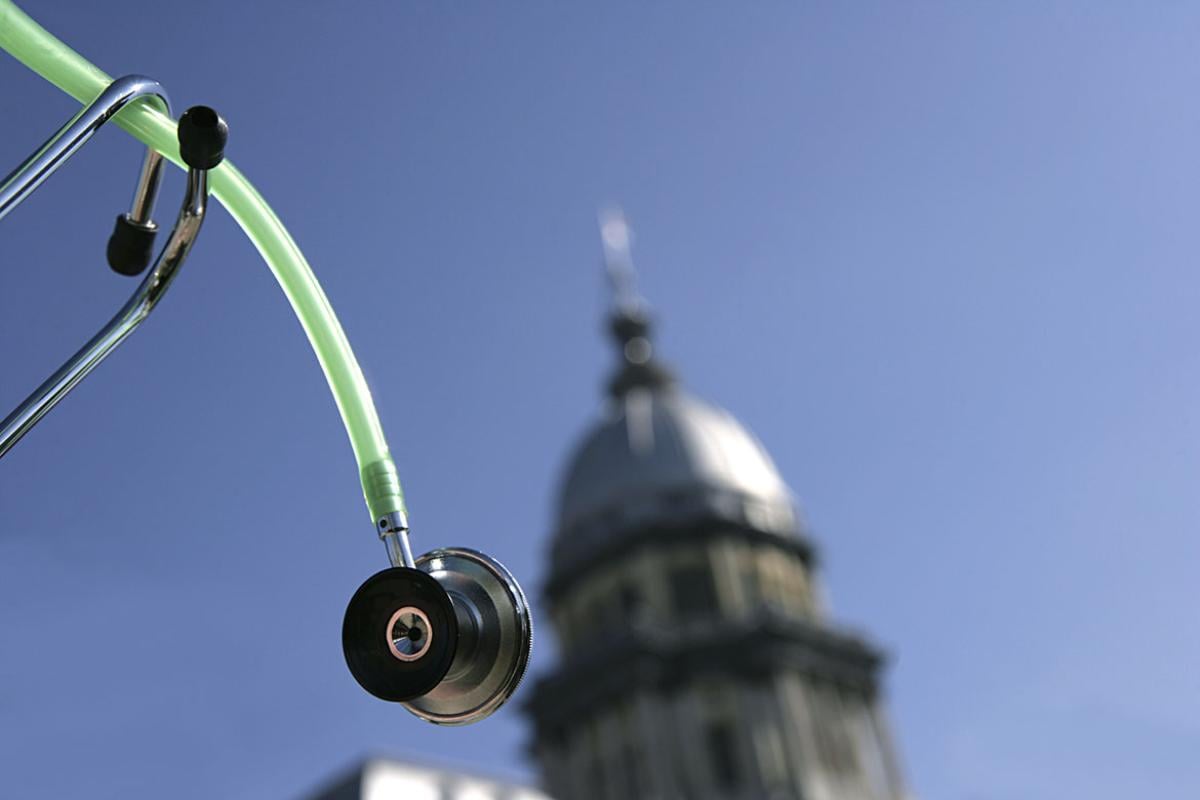Salesforce has been named the world's top customer-relationship management system for the past nine years, and it has become a company countless businesses turn to for help with digital transformation.
But such transformation is about more than just technology. It's about the people who use the technology, and that’s particularly true in health care.
"So much of the digital transformation to date has largely been related to electronic health records, and that was really done to physicians," said Geeta Nayyar, MD, chief medical officer and senior vice president at Salesforce. "Digital transformation now has to be done with physicians and with nurses and with allied health professionals."
Dr. Nayyar talked about this health professional involvement and why it matters in a recent episode of “AMA Update.”
Solve problems, don't make new ones
Salesforce defines digital transformation as "the process of using digital technologies to create new or modify existing business processes, culture and customer experiences to meet changing business and market requirements."
Dr. Nayyar explained that to develop and make those adjustments, a firm understanding of the people who are using the technology is needed, meaning their needs, their interests and their interactions with patients.
"It's really critical to know your staff, understand their everyday problems, walk in their shoes … and then think through what problems can be solved with technology," she said.
Don't just build technology because you can, but really understand the workflow, challenges and opportunities that exist. It's important to understand the obstacles health professionals face—both on the technical and nontechnical sides. That knowledge will then be able to impact and influence any digital transformation strategies.
"Too often, particularly with EHRs, we may have solved one problem, but we created five new ones," she said. "Knowing your user is critical."
Physicians spend up to two hours in the EHR for every hour they spend face-to-face with the patient. Access key steps, best practices and resources to save time with the AMA STEPS Forward® Taming the EHR Playbook.
Also, read the AMA report on how to close the digital health disconnect by optimizing digitally enabled care.
"Just like a stethoscope, just like a CT scan, technology needs to be a tool that we look at as an asset," Dr. Nayyar said, "not something that holds us back from clinical care, which is frankly what a lot of doctors and nurses think [exists] to date."
The trick, said Dr. Nayyar, is to make technology helpful without becoming a disruptor.
"The best technology, to doctors and nurses, is invisible," Dr. Nayyar said. "If we don't have to think about it, we can actually look at our patients, take care of our patients, and do what we were trained to from the beginning."
“AMA Update” covers health care topics affecting the lives of physicians and patients. Hear from physicians and experts on public health, advocacy issues, scope of practice and more—because who’s doing the talking matters. You can catch every episode by subscribing to the AMA’s YouTube channel or the audio-only podcast version, which also features educational presentations and in-depth discussions.



